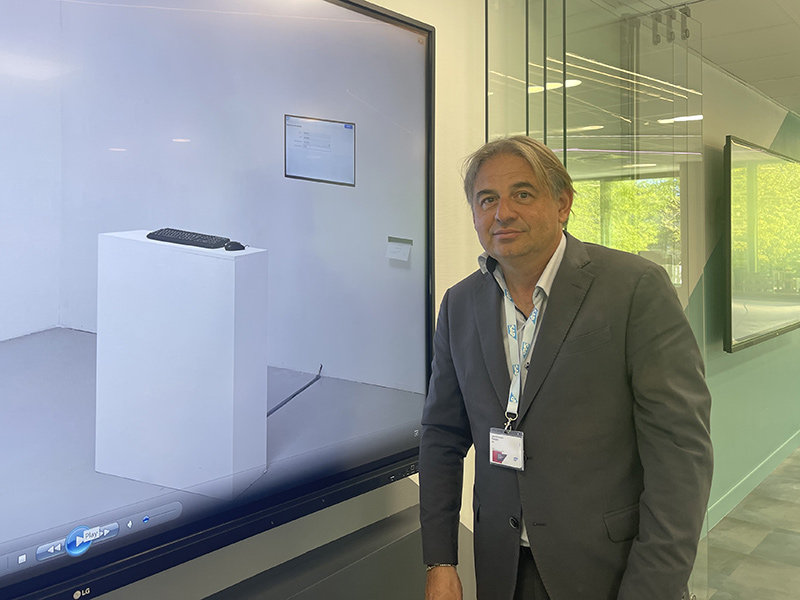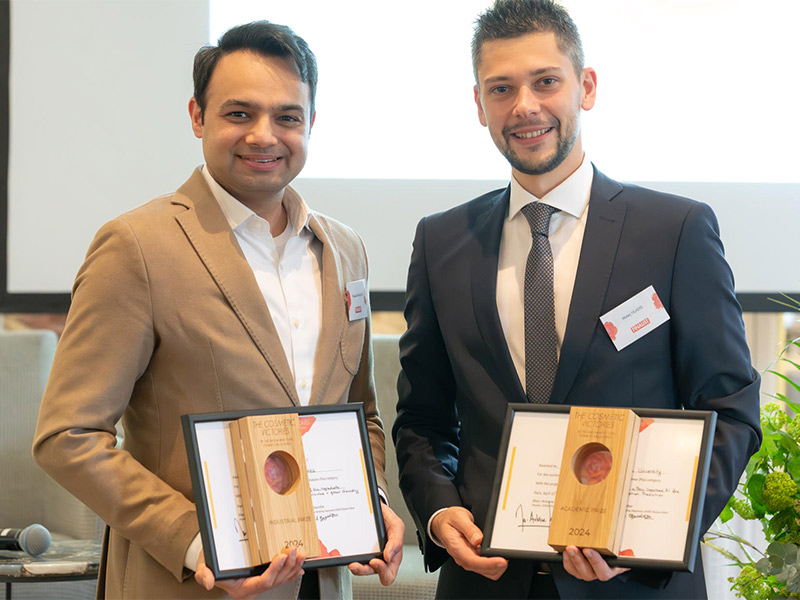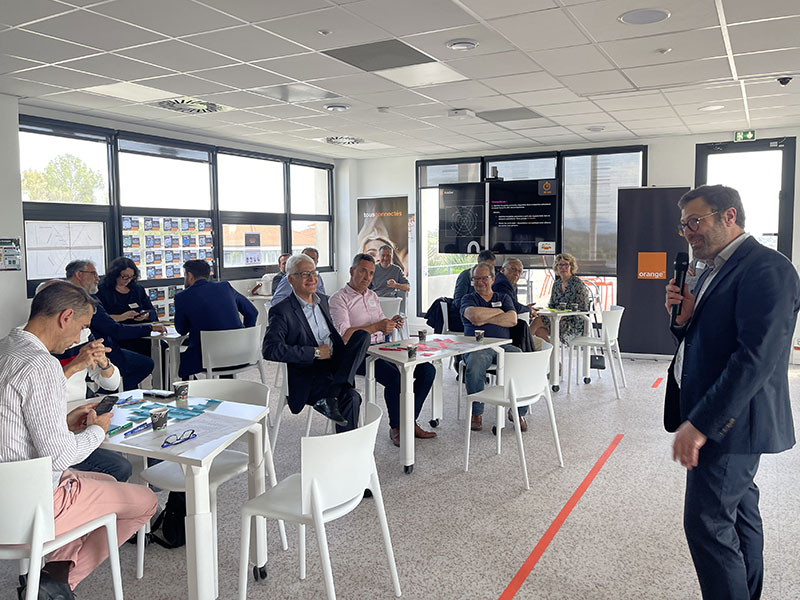Communication Channel Innovations by Janice Hughes
The battle for dominance of the home and mobile Internet space and new business models for mobile operators and content providers. What does this mean for consumers? by Janice Hughes, Founding Director Redshift Strategy.

There are dozens of new television platforms, boxes and remote devices flooding into the living room and the living world that will forever transform the way we behave at home and at work. The battleground for the control of the consumer dollars and the distribution networks is already at hand. Wireless connectivity has now become the global change maker for the majority of people whether it is in a small village helping women and children with their health needs or in a digital innovation hub in Silicon Valley. People are turning to smartphones and tablets to catch up on their favourite programmes, to deliver the news and to purchase virtual and real merchandise.
There are 3 types of control that different players are simultaneously trying to impose on the market. First they are trying to control the customers through the content. Secondly the OS players Google, Apple and Microsoft are trying to persuade the customers to join their wireless ecosystems and thirdly the wifi and fixed operators are offering ultrafast broadband to join their networks and set top box systems together.
Content
Traditional broadcasters with their legacy of prime time and long form content are now being challenged by new players that want to hijack their viewers with fast and furious short form news, stories and comedy shows, sent in on smartphones to a central platform that could be YouTube, Vice, Carlos Slim’s Mobli or Facebook. Vice says that it wants to be the next CNN but also the edgiest, wildest online media brand in the world. It is staffed by “twenty somethings” and aimed at a global youth who have no interest in mainstream media. It claims to “specialise in exploring uncomfortable truths and going to places they don't belong”.
The traditional broadcasters are growing more slowly than the upstarts. Today Netflix is almost as big as HBO in terms of revenue. In the fourth quarter of 2013, Netflix’s revenue climbed 24% to $1.2 billion, close to HBO’s $1.3 billion in revenue, which was up only 6% year on year. Netflix is on a faster growth trajectory than HBO. It is more competitive in attacking global markets and it was first on Google Chromecast – an HDMI dongle whereby you can “cast” a Netflix film or “Hemlock Grove” onto a TV from your PC, phone or tablet. All for $35!
The OS and Games Players
All four big OS and games console players Apple, Google, Microsoft and Sony are investing billions of dollars in creating their own wireless ecosystems using the smartphone and the tablet as the remote control or second screen. Firstly they want to capitalise on the fact the majority of consumers across the world connect via their mobile phones rather than their fixed line connections. Secondly they want to personalise all your interactions in the living room or home so that you can self-schedule your work and social engagements at one and the same time. The phone and tablet are continuously at hand and this gives them leverage in the living room or equally to catch up with the news and their favourite TV programmes while on the move.
Google has worked hard to get Google TV into a growth scenario but it’s not happened yet. However Chromecast shows that television is still a priority for Google, particularly now that the new Xbox One from Microsoft is clearly aiming to attract casual and regular television viewers into a complete TV entertainment experience. Xbox One can re-route a broadcast TV signal from a separate set top box in order to incorporate linear TV into the Xbox interface, and it allows for switching between TV and other applications, including gaming, VOD and Skype through the neat ‘snap’ function, which brings two applications onto the screen simultaneously. The Xbox One includes the Kinect, a voice and gesture peripheral which allows multiple users to control the console using voice and gesture controls in ‘Minority Report’-style.
All of the OS and games console players want to win the heart and minds of the TV viewer if they can, by layering on additional features that “simply make life easier and save you time”. The voice and gesture peripherals created by Sony in the PS4 and by Microsoft in the Xbox One are developed for the primary living room TV screen: they need a spacious environment, are aimed at families and have grown out of Wii-esque sports games which involve jumping around and threaten repetitive strain disorder. The Kinect is bundled into the main package whereas PS4’s peripheral is an added extra; this indicates an important difference in the primary positioning of these two consoles. It also accounts for the PS4’s lower initial price.
While the big retailers are replacing their DVD sales with new OTT devices and on demand film services such as the Walmart offer with Vudu, the consumers seem set to follow the ever evolving add-ons of the OS and games console players
The Fixed Network Players
The traditional fixed network players are working hard to increase the capacity on their networks through fibre roll-out. The enhanced quality of service that fibre networks can deliver, can then be seamlessly extended to mobile devices in the home, through wifi. Fixed operators are also strengthening their propositions with content, as consumers become more attracted to bundled offers. In the UK market , Sky, BT and Virgin are now fighting a fierce battle for the increasing number of triple play consumers.
The danger for the pure mobile operators is that as mobile devices are used more and more for data services delivering video as well as voice and messaging, they become increasingly confined to the relatively small proportion of overall use which is “out of home” – ie out of range of the fixed players’ wifi signals. While consumers love and cherish their phones and tablets more and more, the threat for the mobile operators is that consumers need them less and less. While this may be less true in the developing world, wireless and fixed operators alike are scrambling to win these consumers with an intensity of new features and improved offers will effectively change the way that consumers behave in both predictable and unpredictable ways.
Janice Hughes is co-founder and director of Redshift Strategy, which provides strategic advice, investment services and insight for the media and telecommunications industries. She is a member of the GTWN Steering Committee.












